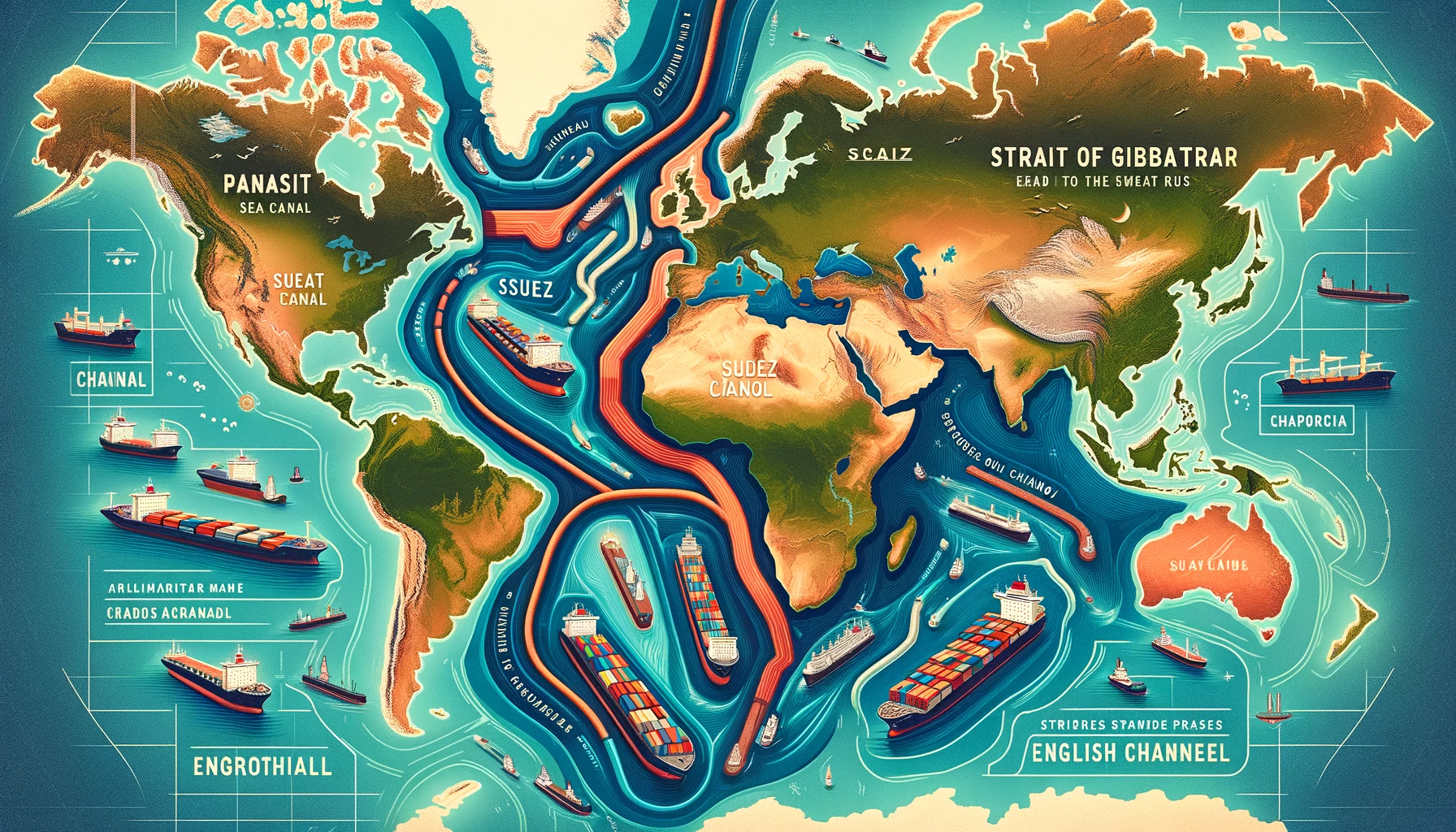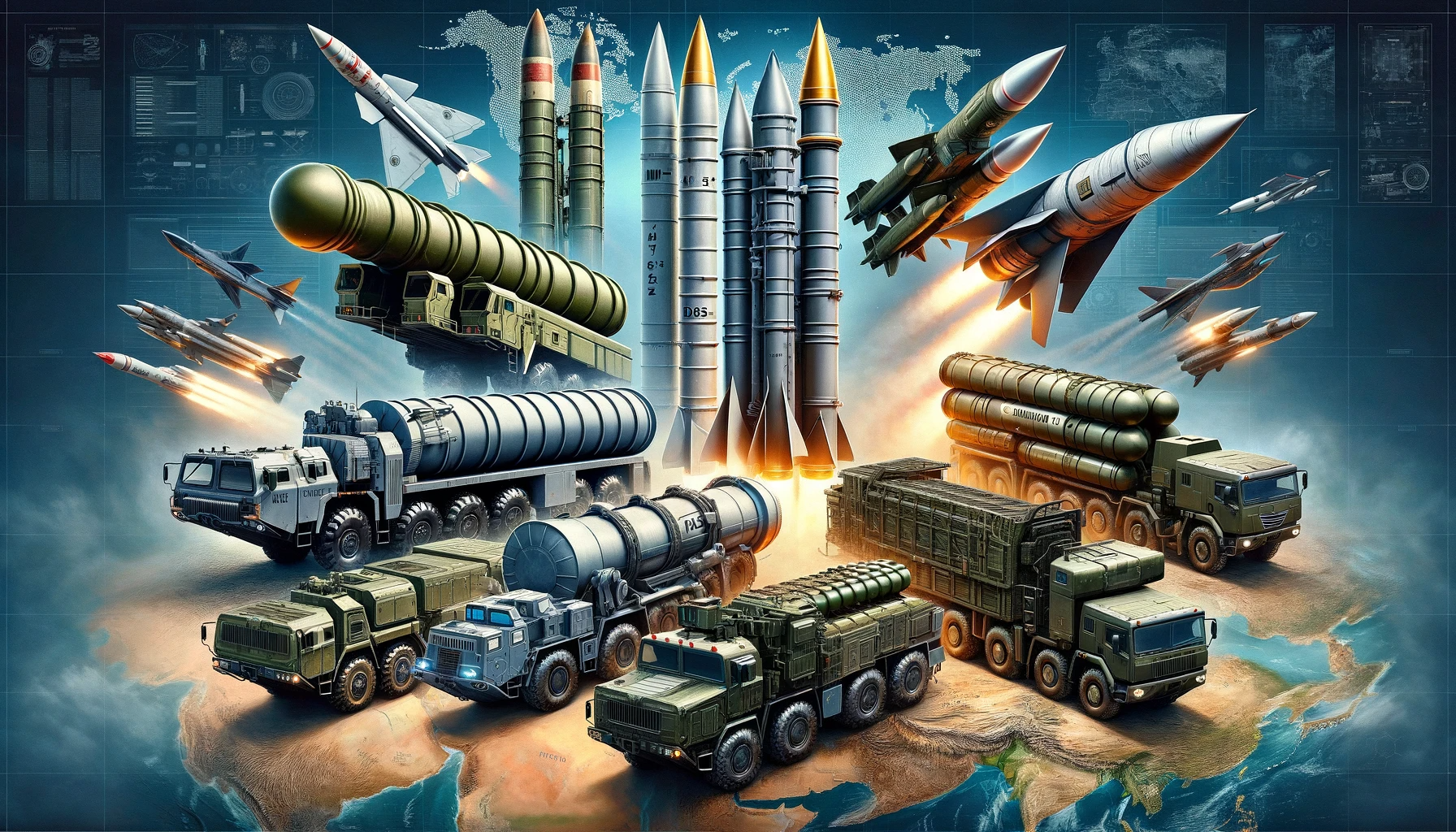top 7 Best Sea Lanes in the World

In an era where globalization and international trade are at the heart of the global economy, sea lanes stand as the arteries through which the lifeblood of commerce flows. These maritime pathways not only facilitate the movement of goods across continents but also hold historical, geopolitical, and environmental significance. From the bustling straits that connect major bodies of water to tranquil passages winding through scenic landscapes, the world’s waterways are as diverse as they are vital. This article navigates through the seven best sea lanes in the world, highlighting their unique features and the roles they play in connecting the global community.
Exploring the Seven Spectacular Sea Lanes: Navigating the World’s Waters
1- The Suez Canal: Shortcut to the East
The Suez Canal is another engineering feat that significantly impacts global trade by providing the shortest maritime route between Europe and Asia. Without it, ships would have to navigate the lengthy route around Africa’s Cape of Good Hope. Annually, nearly 20,000 vessels pass through the canal, which is especially crucial for the transport of oil and natural gas.
2- The Panama Canal: Engineering Marvel Connecting Two Oceans
The Panama Canal, a testament to human ingenuity, revolutionized maritime trade by bridging the Atlantic and Pacific Oceans. This 50-mile waterway saves ships from the lengthy and perilous journey around South America’s Cape Horn. Annually, over 14,000 vessels navigate through its locks, carrying cargo that represents about 5% of the world’s total maritime trade. The canal’s expansion in 2016 further cemented its place as a critical artery in international shipping.
3- The Strait of Gibraltar: Gateway between Continents
Marking the confluence of the Atlantic Ocean and the Mediterranean Sea, the Strait of Gibraltar serves as a crucial passage for vessels traveling to and from Europe, Africa, and beyond. Only 8 miles wide at its narrowest point, it is one of the busiest sea lanes globally, with about 300 ships passing through daily. Its strategic importance has been recognized throughout history, from ancient civilizations to modern naval powers.
4- The Strait of Malacca: Asia’s Critical Chokepoint
The Strait of Malacca is the shortest sea route between the Pacific and Indian Oceans, making it one of the most strategically important passages worldwide. It is the main shipping channel for many Asian countries and a vital conduit for global oil shipments. Despite its importance, the strait’s narrowness and shallow waters pose navigational challenges, highlighting the need for meticulous maritime management.
5- The Bosporus: Bridging Europe and Asia
The Bosporus is a narrow strait in Turkey, connecting the Black Sea to the Sea of Marmara, and thus the Atlantic Ocean via the Aegean Sea. It is one of the world’s busiest waterways, with over 48,000 vessels passing through each year, despite its narrow and winding nature. The strait not only plays a critical role in international trade but also holds significant historical and cultural importance.
6- The English Channel: Europe’s Busy Maritime Corridor
The English Channel is one of the world’s busiest sea lanes, separating Southern England from northern France and linking the North Sea to the Atlantic Ocean. It is a crucial route for trade and travel between the UK and mainland Europe. The channel’s dense traffic, variable weather, and strong currents make it a challenging passage for mariners.
7- The Northwest Passage: Arctic Shortcut
The melting Arctic ice caps are making the Northwest Passage more navigable, offering a potential shortcut between the Pacific and Atlantic Oceans through Canada’s Arctic Archipelago. While it remains less traversed compared to other sea lanes on this list, its significance is expected to grow with climate change, opening new routes for shipping and exploration but also raising environmental and sovereignty concerns.
Conclusion:
The world’s sea lanes are more than just routes on a map; they are lifelines that connect nations, cultures, and economies. As global trade continues to expand, the importance of these maritime pathways will only increase, along with the challenges of managing them sustainably and securely. The seven sea lanes highlighted here represent the diversity and complexity of global maritime navigation, each with its own story and significance in the tapestry of international commerce and exploration.
Understanding and appreciating these vital waterways is essential for anyone interested in the dynamics of global trade, the challenges of maritime navigation, and the ongoing quest for a connected and prosperous world.

